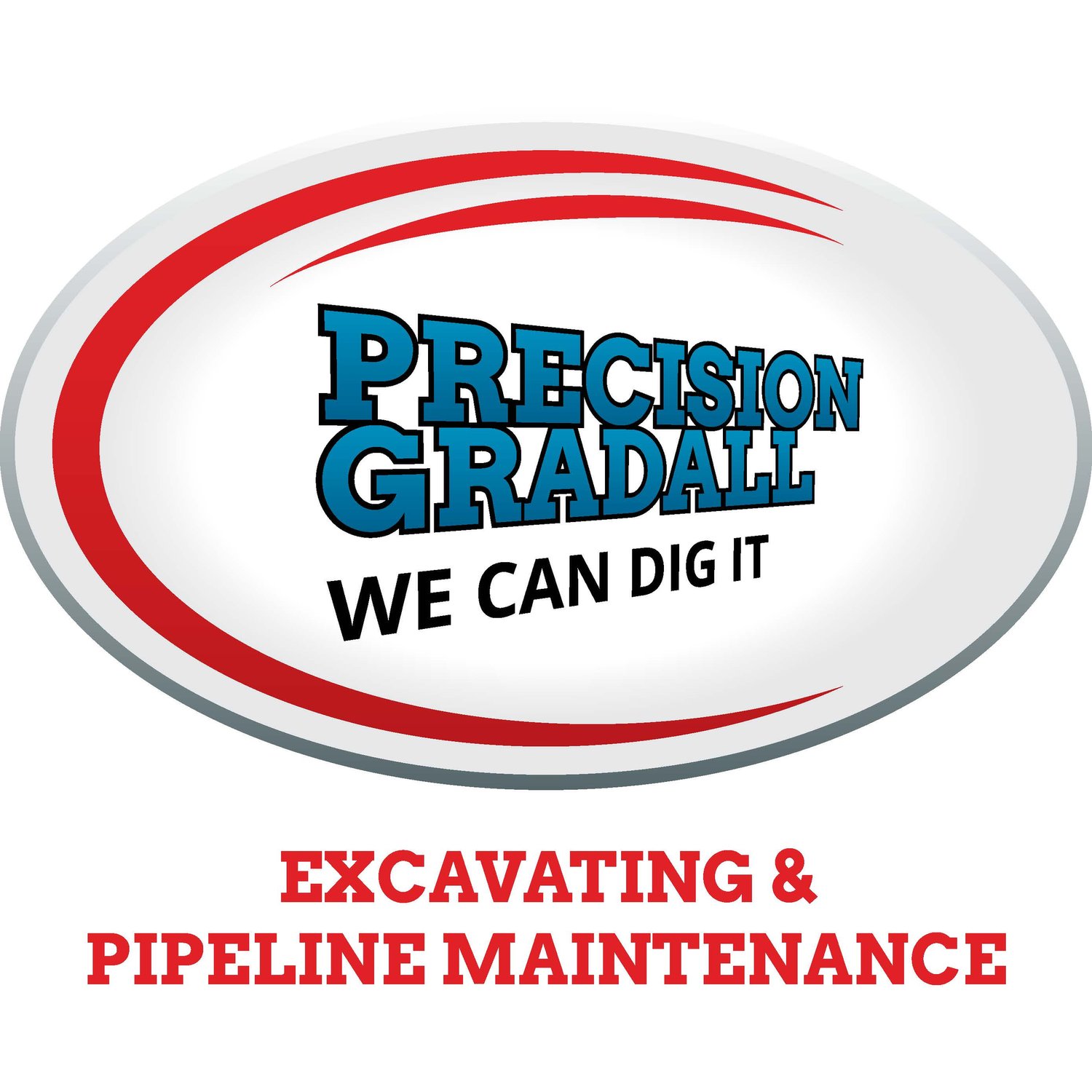What Are the Land Reclamation Criteria in Alberta?
In the past 20 years, land reclamation has become an important topic in Alberta. With the growth of our energy sector and the rapid expansion of our businesses, there is a need to be more careful than ever so that our opportunities don’t come at the cost of the land that provided them.
To protect our land, more businesses are beginning to focus on land reclamation taking land that has been contaminated or otherwise changed and returning it to the way it had been before it was used or damaged. Since 2010, (though there have been minor changes since then) the government of Alberta has established several categories by which they determine the landscape to be restored:
Drainage. Drainage patterns on the reclamation site must be comparable to the surrounding environment. River systems are particularly important for local ecosystems and must be protected from unnecessary alterations.
Erosion. Any erosion onsite should be comparable to the erosion of the surrounding area. Erosion is an essential feature of a landscape, and any significant interference in natural erosion patterns can have huge effects on how land moves in the surrounding area.
Stability. Stability of any slumping or other mass consolidations on the worksite must be comparable to those off the worksite. Like the erosion category, much of land reclamation is about ensuring the foundations of the local ecosystem (such as the stability of land features) remain unchanged.
Bare areas. Any bare areas on the worksite must be comparable to any off of it.
Contour. Contours of geological structures on the worksite must match those off the worksite.
Amendments. Government assessments must occur two years after the amendment application is submitted.
Gravel and rocks. These must not impede operability on the worksite.
Debris. Debris should not impede any operability, though there are qualifications to this category depending on the specific environment (native grasslands, forested lands, etc.).
Soil. Soil must be comparable to other soil in the area. This category varies depending on the situation, but it is important to be aware of the average depth of soil required in the area, what pH is required, as well what kind of electrical conductivity the soil has.
Vegetation. Any growth must be similar to that around it. Like the soil, what this means varies widely depending on the particular circumstance. Categories such as species variation, average height of growth, and plant health should be taken into account.
We at Precision Gradall are committed to helping keep Alberta’s ecosystem thriving. If you have any land reclamation projects, we can provide solutions to all your excavation and hydrovac needs. Contact us today to find out more.

